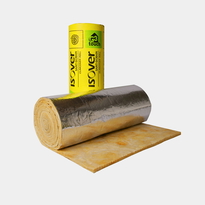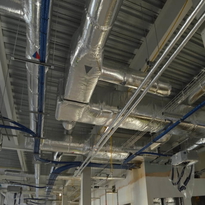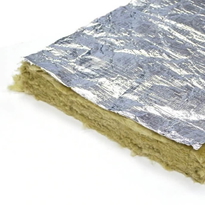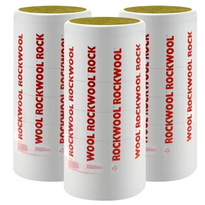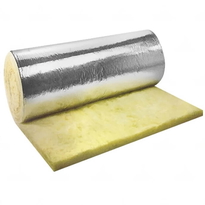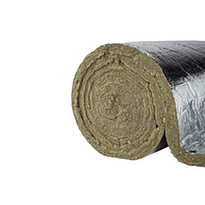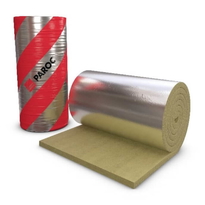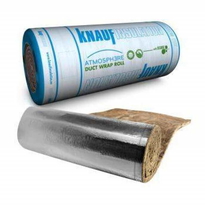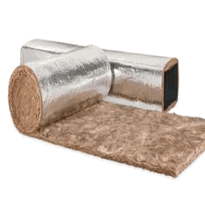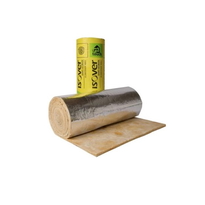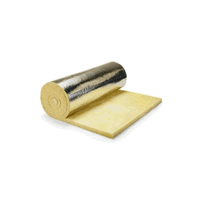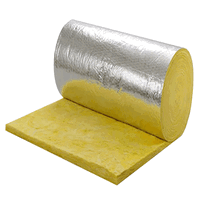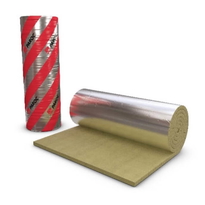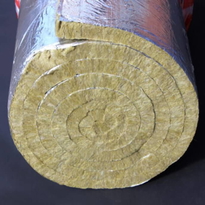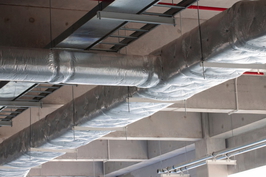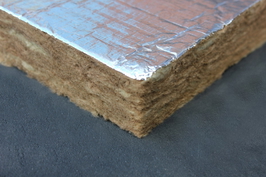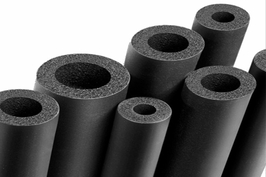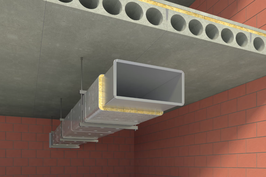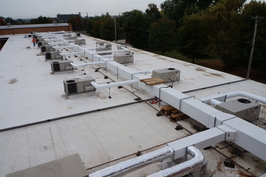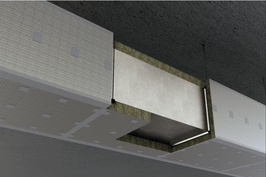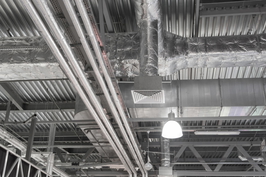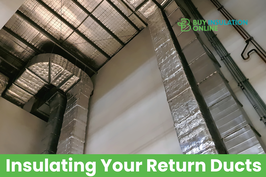Self Adhesive Duct Insulation
Self-adhesive duct insulation typically utilizes materials such as fiberglass, polyethylene foam, foil-faced foam, mineral wool, or reflective membranes, which adhere directly to duct surfaces without the need for additional fasteners. These materials enhance thermal efficiency, minimize heat transfer, and are straightforward to install when surfaces are clean and accurately measured.
For optimal performance, it is essential to ensure proper sealing of joints using foil tape and to handle materials carefully in accordance with relevant standards. This approach guarantees not only effective insulation but also safety and durability over time.
Continuing, detailed guidance on effective application techniques and compliance requirements will be provided to help users achieve the best results in their installations.
Types and Materials of Self Adhesive Duct Insulation
Self-adhesive duct insulation is available in various types and materials, each chosen based on specific thermal, acoustic, and moisture-resistant requirements. Fibreglass is widely used for its excellent thermal and soundproofing qualities, providing reliable insulation for duct systems. Polyethylene foam is valued for its lightweight nature, superior thermal resistance, and moisture protection, making it ideal for environments where moisture control is critical. Foil and foam combinations are common in self-adhesive formats, utilising reflective foil to reduce radiant heat transfer alongside foam insulation for enhanced thermal performance. Mineral wool offers high fire resistance and thermal stability, though it's less commonly found in self-adhesive forms due to handling considerations. Reflective insulation incorporates reflective materials, often paired with foam, to reflect heat effectively. These materials are bonded with durable adhesives and often feature foil layers or specialised coatings to enhance their strength, durability, and ease of installation across different duct systems. When selecting thermal performance, considering materials with certified fire resistance and environmental standards can improve safety and sustainability. Proper installation of these materials with self-adhesive backing ensures optimal performance and longevity.
Advantages of Using Self Adhesive Duct Insulation
One of the primary advantages of self-adhesive duct insulation is its ability to significantly enhance energy efficiency within heating, ventilation, and air conditioning (HVAC) systems. It effectively maintains thermal integrity by preventing heat loss or gain, ensuring that air is transmitted at the intended temperatures. This reduction in energy loss helps to lower overall energy consumption. Poor insulation can cause up to 30% duct leakage, which underscores the importance of proper insulation to prevent energy waste. Proper insulation also contributes to building performance, making the entire HVAC system more efficient and reliable. This type of insulation also improves overall system performance by minimising air leaks caused by inadequate sealing. Its adhesive backing simplifies installation, eliminating the need for additional fasteners or adhesives. This feature saves both time and labour costs. Proper insulation reduces the workload on HVAC units, extending their lifespan and decreasing maintenance expenses. Furthermore, by enhancing thermal performance and sealing efficiency, self-adhesive duct insulation supports environmental sustainability through lowered greenhouse gas emissions. It also facilitates energy savings over the operational lifetime of the system.
Key Factors for Effective Installation
Effective installation of self-adhesive duct insulation begins with thorough preparation to ensure optimal performance and long-term durability. Firstly, ducts should be carefully cleaned to remove debris, grease, and dirt, which can impair adhesion. Proper surface preparation ensures better bonding between the insulation and the duct surface. Selecting the suitable insulation material depends on the duct’s environment, ensuring it withstands moisture and temperature extremes. Accurate measuring and cutting of the insulation prevent gaps that could reduce effectiveness. Environmental conditions, such as temperature and humidity, should be taken into account, as they influence adhesive strength. During installation, the facing should be directed outward to prevent moisture accumulation, and joints must be sealed with foil tape to ensure airtightness. Mechanical supports like wires or bands can provide additional stability, while handling of vapour barriers with care prevents damage. Paying attention and material compatibility helps optimize insulation effectiveness over time. Adhering to these key steps will result in a long-lasting, efficient duct insulation installation.
Compliance, Standards, and Best Practices
Compliance, Standards, and Best Practices for Self-Adhesive Duct Insulation in the UK
Ensuring compliance with established standards and regulations is fundamental for the safe and effective installation of self-adhesive duct insulation. Adhering to mandates such as NFPA 90A and relevant UK building codes helps guarantee that materials meet fire safety requirements, including limits on flame spread and smoke development. These standards are crucial in safeguarding occupants and property.
Testing and certification through recognized standards such as UL 181 and ASTM C518 (or equivalent UK standards) validate the safety and performance of duct insulation materials. These assessments ensure that materials have appropriate fire resistance qualities and thermal performance, which are vital for energy efficiency and safety.
Selecting suitable materials involves considering their thermal properties—such as K-values and U-values—to ensure they meet the needs of specific climate zones and environmental conditions. Proper selection guarantees that insulation remains effective over the long term, maintaining the integrity and safety of the ductwork. Material certifications are essential for ensuring compliance with industry standards and safety benchmarks. Employing approved testing methods helps verify that materials meet all relevant safety and performance criteria in real-world applications.
Outdoor installations require additional protection measures to prevent damage caused by weather conditions. Using weather-resistant membranes or protective coverings helps maintain the insulation’s performance and prolongs its lifespan.
Environmental considerations also play a significant role. Choosing environmentally friendly options, where available, supports sustainability initiatives and reduces the environmental impact of building projects.
Understanding and applying these standards fosters a knowledgeable community that prioritizes safety and compliance. This approach ensures that duct insulation practices remain consistent, effective, and safe, reinforcing the importance of adhering to all relevant UK and international requirements.
Conclusion
Proper selection, meticulous installation, and adherence to relevant standards are essential for maximizing the benefits of self-adhesive duct insulation. Understanding the different types and materials ensures suitable choices for specific applications, while following best practices guarantees effective adhesion and long-term performance. Compliance with industry regulations minimizes risks and improves safety.
By applying a systematic approach, professionals can ensure energy efficiency, durability, and effective temperature control within duct systems, ultimately resulting in optimized building performance and reduced operational costs.
